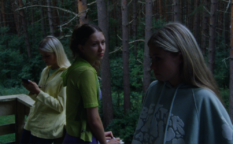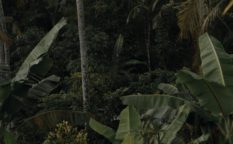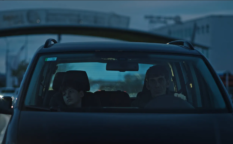Programme overview: Animation Refinery
Uppsala Short Film Festival
International Competition
Although the animated short films were scattered along different programme segments at the international competition of Uppsala International Short Film Festival, the programming team made sure that the animation form of filmmaking gets its own special slot. Animation Refinery (International Competition slot 8) serves as a proof that the animation adds to the versatility of filmmaking in the short form and extends the limits of possibilities, especially in the terms of the treatment of specific topics.
We have already written about Jalal Maghout’s Have a Nice Dog!, the animated short that perfectly channelled the wild energy of nightmares, daydreams, paranoias and loneliness in a war-torn city where the only emigration option is the internal one. States of mind are one of the things where animation as form in its variety of techniques is superior to live action. The same, to a certain extent, could be applied also to Gabriel Böhmer’s Push This Button if You Begin to Panic, in which the protagonist / narrator re-tells his experiences with the health system, its absurdist bureaucracy and the MRI examination. On the narrative level, stream of consciousness is the name of the game and it is paired perfectly with the layered collages of “white on white” papers with simple pencil drawings on them (the colour is introduced only at one significant point later on), striking sound design and ominous cello music.
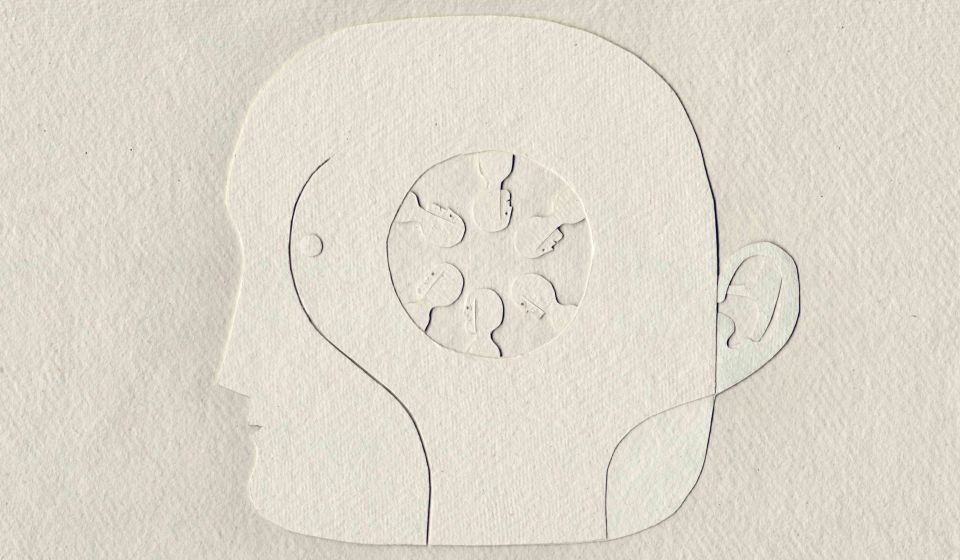
Still from “Push This Button if You Begin to Panic” 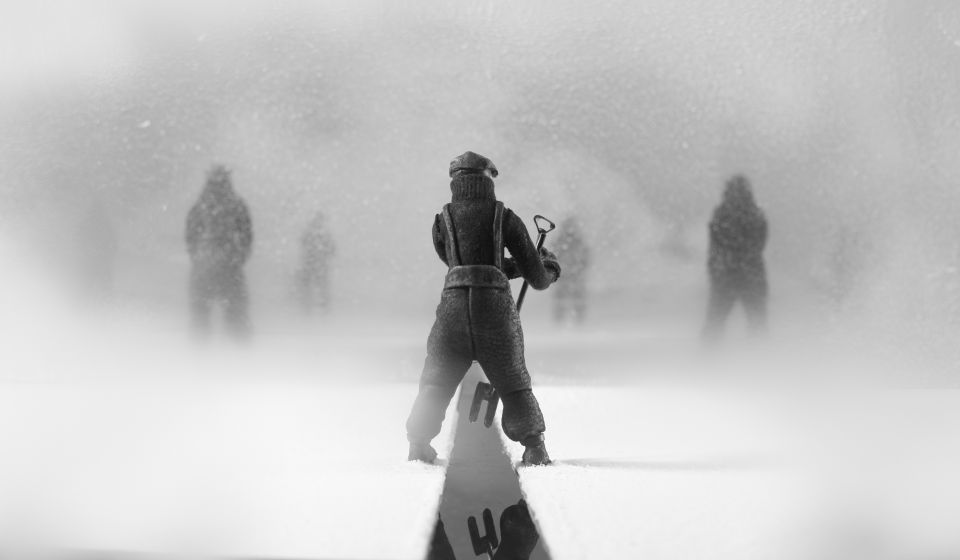
Film still from “Freeze Frame”
Sometimes, animation is a perfect vehicle for experiments. In the programme’s opener, Soetkin Verstegen’s five-minute Freeze Frame, the experiment starts with its verbal component of the title transferred to the technique of freeze frame showing the ice cutting, ice factory and frozen organisms in evolutionary order in the blocks. The film is slick and humorous, but it still has the aura of a singular running gag. Sometimes the experimentation is more formal, which is the case of Roger Simian’s and Sarahjane Swan’s Flow State. It is an analogue experiment of scratching and colouring the super-8 film tape, set against the avantguarde soundtrack. The rhythms of the visual and the auditive components match, so, technically, one can say the authors did the great job of editing, but this first instalment of an intended series still feels a bit like an extended music video.
Animation can also serve to tell a story from the ordinary, everyday life, in its seriousness or its humour. In Julia Orlik’s I’m Here, the topic is quite sombre: the approaching death of an elderly woman seen from the perspective of those who are taking care of her in her last days: her stubborn husband whose sense of duty out-weights any sense of pragmatism, and her daughter who comes and goes with her care and advices. The elderly woman with always the same painful expression on her face stays constantly in our focus, the others are either blurred or in the deep background and their faces are never shown. I’m Here would work equally well as a live-action film, but as a digitally enhanced puppet animation, its jump cuts simulations work even better than the real thing.
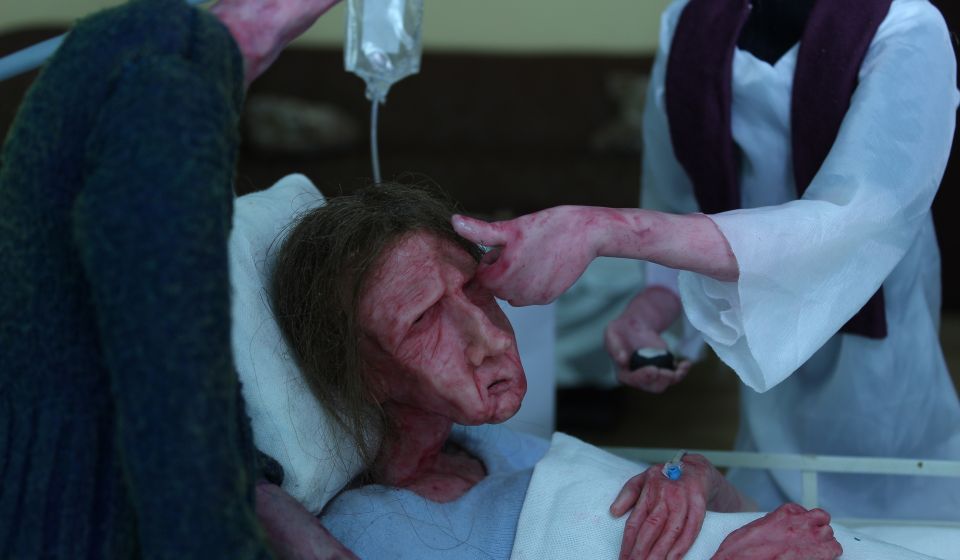
Film still from “I’m Here” 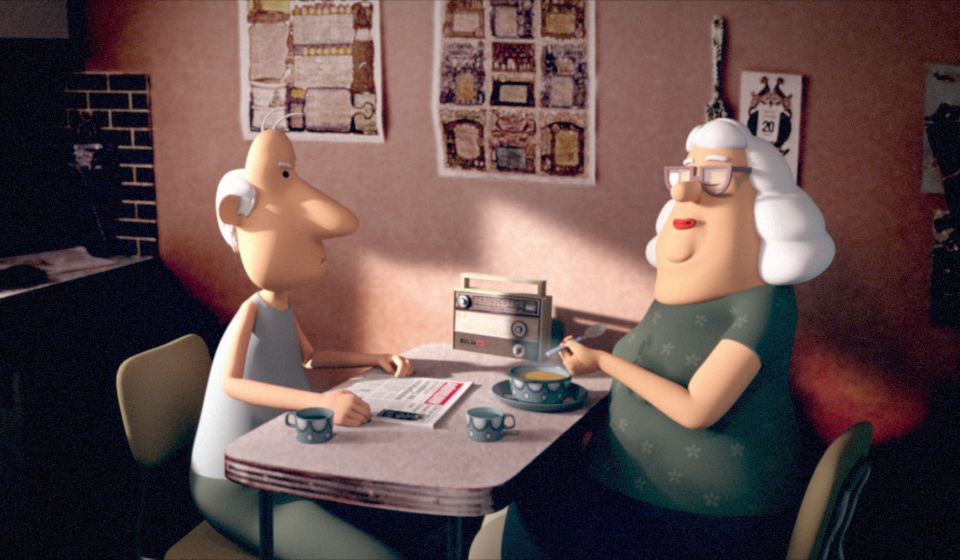
Film still from “Yes People”
If I’m Here is all about the seriousness, than Gísli Darri Halldórsson’s Yes People shows the ordinary life in a humorous fashion. Have we ever imagined if the different life situations could be communicated through with a simple “yes”? Does the intonation of “yes” also dictates its meaning? Halldórsson stays positive even when he breaks his “cycle of yeses” with a single “no” later on, while the retro setting and style of the film is quite heart-warming.
Finally, the animation, or more likely the print-screen of a computer gameplay provides a perfect background for a historical, sociological and philosophical examination of the phenomenon of desertion in How to Disappear – Destination Battlefield, directed by the trio of directors (Robin Klengel, Leonhard Müllner and Michael Stumpf) and produced by the Total Refusal: Digital Disarmament Movement. The authors highlight the difference of the terms like “war” and “game” (engagement in one can be quite involuntary, while in the other it is not possible) and the similarities in the terms of “programming” how to prevent desertion. In the game it is not possible by the will of the algorithm behind Battlefield, throughout the history it was prevented by shaming, tactics and punishment. Therefore the act itself in the game would be considered as a joke and a futile experiment, and not the act of resistance. The directing trio uses the simple devices as the narrator whose serious tone contrasts the often absurd footage from the gameplay, while the music by Adina Camhy bridges the two into a thought-provoking whole.
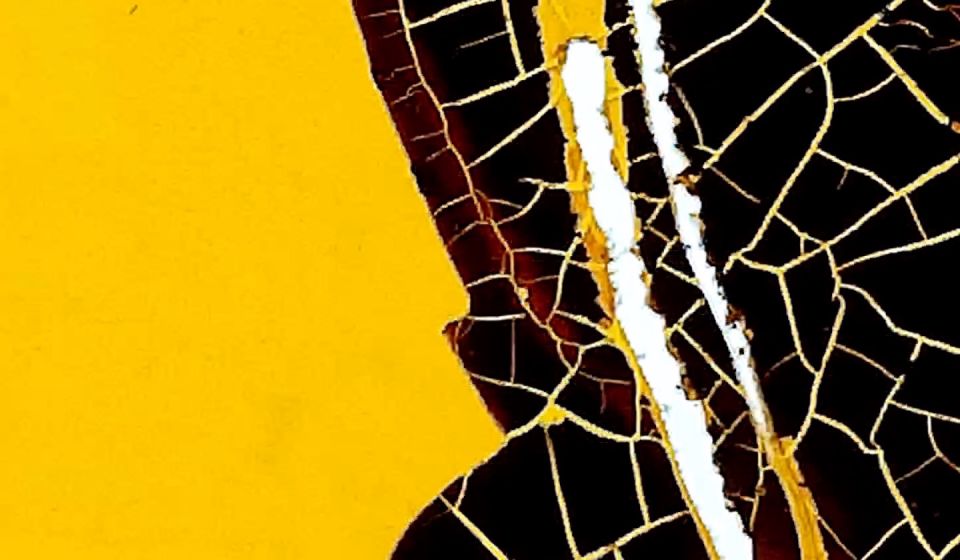
Film still from “Flow State” 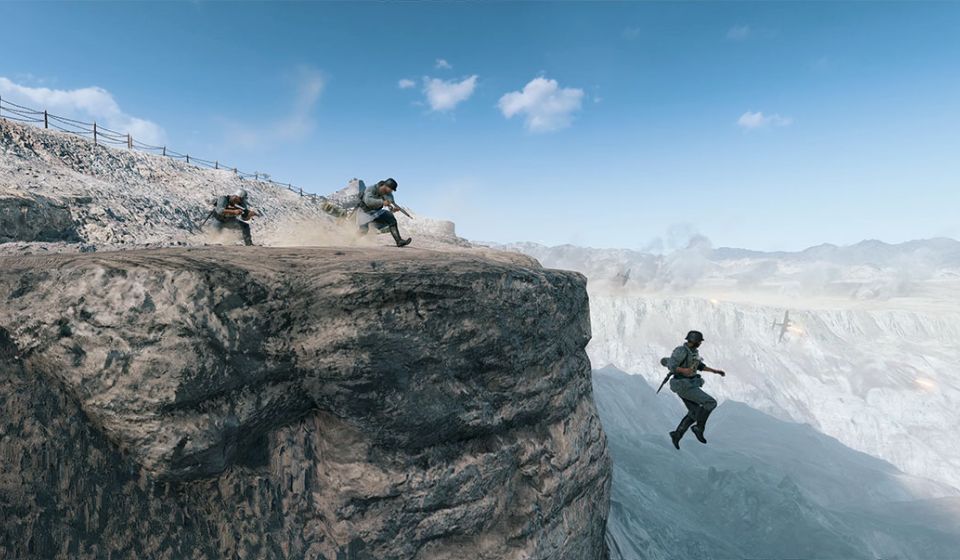
Film still from “How to Disappear-Destination Battlefield”













